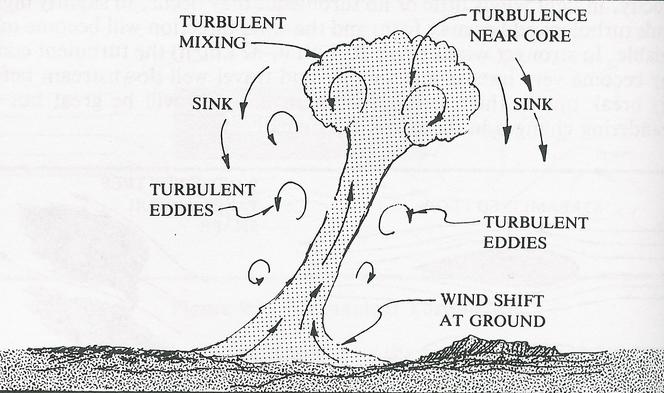I worked for a fairly large school whose chief pilot (with many thousands of dual given) was set on pitch for altitude, power for airspeed.
I was in a very similar situation in 1988 when I started teaching for a not so large school where the owner insisted that we teach the pitch=flight path, power=airspeed technique. I had learned, flown, and taught the pitch=airspeed, power= flight path technique up to that point and was convinced that it was the only way that an airplane could be safely flown.
The first thing that you must realize is that these two technique are just that--techniques. Neither is a law of physics, neither is right, and neither is wrong. They both work very well when applied correctly; and, when applied correctly, a pilot using each technique will apply
the exact same control inputs when presented with the same situation. The only difference is in the logical process used to determine those control inputs.
My belief on it is if the aircraft is trimmed, it is trimmed for an airspeed. If you are in level flight at 90kts and you pull the power the a/c will descend until a speed of greater than 90 is reached, then stability will force a pitch up to just below 90 and continue to oscillate until a descent of 90 kts is reached.
That is true. You are trimmed for a particular airspeed. The error that you're making is that you are assuming that trim is the same as pitch, it is not. In your example, the aircraft's pitch attitude prior to the power change will be higher than the pitch attitude after the power change. Pitch attitude changed though trim and airspeed remained constant.
A pilot using the pitch=A/S technique would reduce power to initiate the descent while lowering the nose (pitch) to maintain 90 kts. Trim is unchanged.
A pilot using the pitch=flight path technique would lower the nose to initiate the descent while reducing power to maintain 90 kts. Trim is unchanged.
The control inputs, and result, is the same.
I may be mistaken but I am just not convinced of this. Any thoughts?
I wasn't convinced either, at first, but it was my job to go out and teach it the way my boss told me to teach it. After a couple of weeks of mentally "converting" my instructions from the "right" way to the "wrong" way before I spoke them to my students, I suddenly realized that the pitch=flight path technique made sense and worked. Since that day I can fly or teach either technique.
Now, with almost 30 years of flying and nearly 10,000 hours total time, I believe that a pilot doesn't fully understand the relationship between pitch and power unless they understand and can fly using either method.
The quantity of thrust or power doesn't even enter into the mathematics.
Is that how you explain the relationship between the four-forces of flight?

Elevator controls angle of attack
The elevator does not control AoA. It has an effect on AoA but it only controls half of the AoA equation--cord line position. When pitch angle changes the flight path will also change. AoA is the angle between the cord line and relative wind (flight path) so you have to first determine what the change is in the flight path before you can decide if, or how much, the AoA has changed.
In the little airplanes that I have flown, it is typically easier for me to control airspeed on final approach, in climb, and definitely in slow flight, by using the elevator.
Regardless of the technique a pilot uses, the parameter that he controls with pitch will be the parameter which is controlled the most precisely. If you really want to nail an altitude, glideslope, vertical speed, airspeed, etc. then use the pitch=[whatever parameter you won't to nail] technique.


